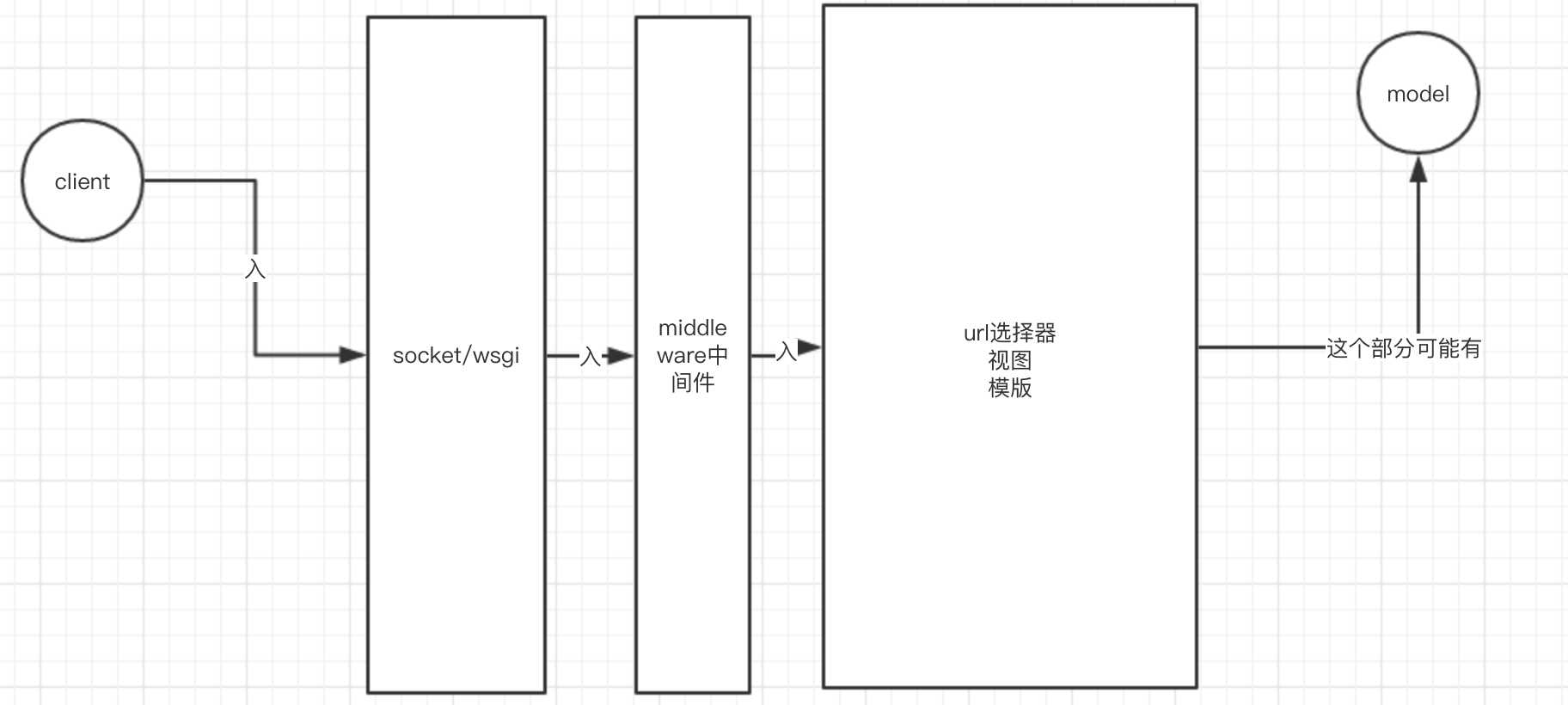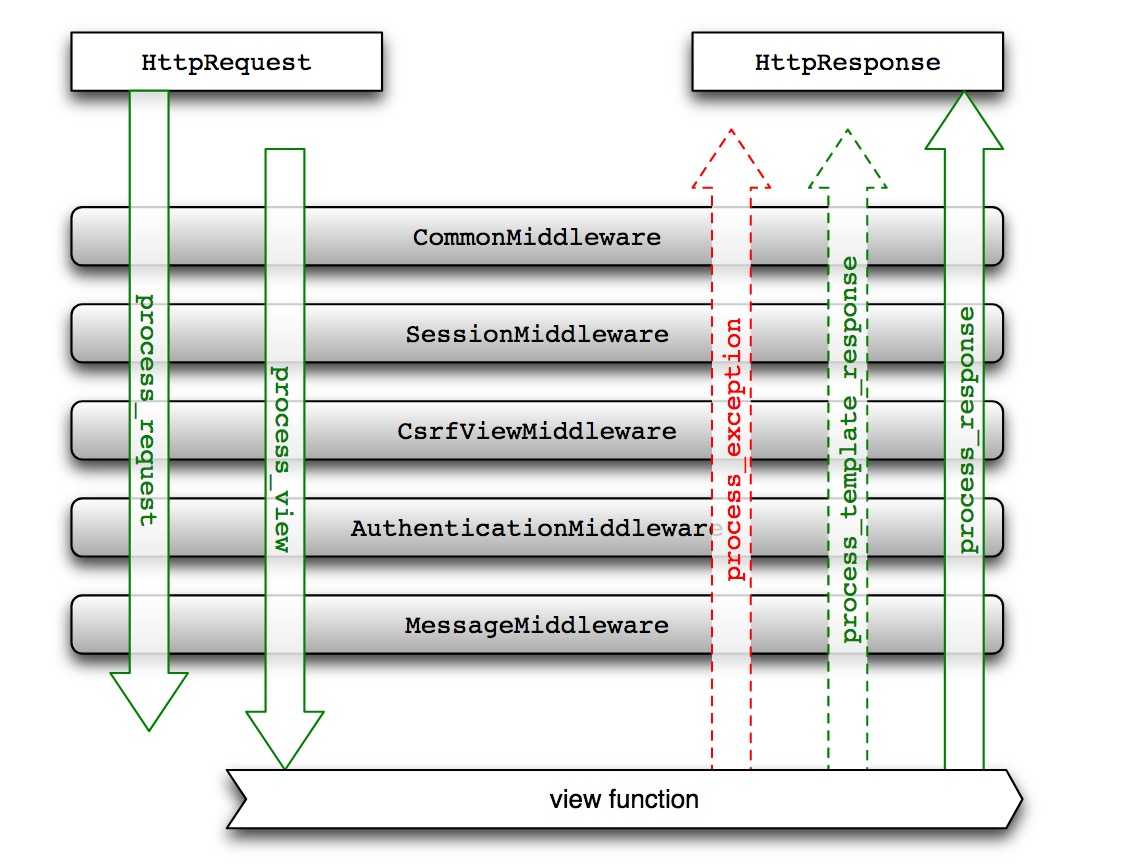Django之session验证的三种姿势
Posted exman
tags:
篇首语:本文由小常识网(cha138.com)小编为大家整理,主要介绍了Django之session验证的三种姿势相关的知识,希望对你有一定的参考价值。
一.什么是session
session是保存在服务端的键值对,Django默认支持Session,并且默认是将Session数据存储在数据库中,即:django_session 表中。
二.FVB中使用装饰器进行session验证
认证装饰器:
|
1
2
3
4
5
6
7
8
9
10
|
# 登陆验证def auth(func): ‘‘‘判断是否登录装饰器‘‘‘ def inner(request, *args, **kwargs): ck = request.session.get("username") ‘‘‘如果没有登陆返回到login.html‘‘‘ if not ck: return redirect("/login.html") return func(request, *args, **kwargs) return inner |
在需要认证的函数执行前加上装饰器认证即可,实际中应用如下:
|
1
2
3
4
5
6
7
8
9
10
11
12
13
14
15
16
17
18
19
20
21
22
23
24
25
26
27
28
29
30
31
32
33
34
35
36
37
38
39
40
41
42
43
44
45
46
47
48
49
50
51
|
def login(request): if request.method == "GET": return render(request, "login.html") else: username = request.POST.get("user") pwd = request.POST.get("pwd") pwd = md5(pwd) dic = {"flag":False} obj = User.objects.filter(username=username, pwd=pwd).first() if obj: request.session["username"] = username return redirect("/index.html") else: print(dic) return HttpResponse(json.dumps(dic))@authdef index(request): user = request.session.get("username") business = Business.objects.all().values("name") host_list = Host.objects.all().values("id","host","port","business__name") username = User.objects.all().values("username") return render(request, ‘index.html‘, {‘host_list‘:host_list,"business":business,"user":user,"username":username}) @authdef addhost(request): business = Business.objects.all().values("name") if request.method == "POST": user = request.session.get("username") host = request.POST.get("host") port = request.POST.get("port") select_business = request.POST.get("business") business_id = Business.objects.filter(name=select_business).values("id")[0] host = Host.objects.create(host=host, port=port, business_id=business_id["id"]) # host.business.add(*business) return render(request, "index.html") return render(request, "index.html", {"business":business}) @authdef up_business(request): if request.method == "POST": user = request.session.get("username") host= request.POST.get("host") port= request.POST.get("port") business_name = request.POST.get("business") username = request.POST.get("username") print(host,port,business_name,username) return render(request,"保存成功") |
三.CBV中使用类继承的方式进行session认证
- cbv是 class based view(基于类)
- cbv基于dispatch进行反射,get获取,post提交
- 应用场景:登录认证(继承dispatch,在dispatch里做session验证)
CBV第一种方式继承
1.单继承
扫盲:(继承的时候,一定要清楚self是哪个类实例化出来的对象,下例,self为B实例化的对象,任何属性优先从自己里面找,找不到在去父类里找)
|
1
2
3
4
5
6
7
8
9
10
11
12
|
class A(object): def aaa(self): print(‘from A‘) def bbb(self): self.aaa() class B(A): def aaa(self): print(‘from B‘) c = B()c.aaa() |
应用:
|
1
2
3
4
5
6
7
8
9
10
11
12
13
|
from django.views import Viewclass BaseView(View): def dispatch(self, request, *args, **kwargs): # 继承父类的dispatch,因为父类里有返回值,所以也要有return if request.session.get(‘username‘): response = super(BaseView, self).dispatch(request, *args, **kwargs) return response else: return redirect(‘/login.html‘) class IndexView(BaseView): def get(self, request, *args, **kwargs): return HttpResponse(request.session[‘username‘]) |
2.多继承(继承顺序从左到右)
|
1
2
3
4
5
6
7
8
9
10
11
12
|
class BaseView(object): def dispatch(self, request, *args, **kwargs): if request.session.get(‘username‘): response = super(BaseView,self).dispatch(request, *args, **kwargs) return response else: return redirect(‘/login.html‘) class IndexView(BaseView,View):#先去找BaseView,BaseView中未定义在去找View def get(self,request,*args,**kwargs): return HttpResponse(request.session[‘username‘]) |
CBV第二种方式装饰器
|
1
2
3
4
5
6
7
8
9
10
11
12
13
14
15
16
17
18
19
20
21
22
23
24
25
26
27
28
29
|
from django.utils.decorators import method_decorator def auth(func): #定义装饰器 def inner(request,*args,**kwargs): if request.session.get(‘username‘): obj = func(request,*args,**kwargs) return obj else: return redirect(‘/login.html‘) return inner @method_decorator(auth,name=‘get‘) #放在类顶部就需要method_decorator这个装饰器class IndexView(View): @method_decorator(auth) #放在dispatch上就相当于全局都需要经过认证 def dispatch(self, request, *args, **kwargs): if request.session.get(‘username‘): response = super(IndexView,self).dispatch(request, *args, **kwargs) return response else: return redirect(‘/login.html‘) @method_decorator(auth) def get(self,request,*args,**kwargs): return HttpResponse(request.session[‘username‘]) @method_decorator(csrf_exempt) # 无效 csrf 放到post函数上的装饰器,是无效的,需要放到dispath上或者类上 def post(self,request,*args,**kwargs): return HttpResponse(request.session[‘username‘]) |
四.中间件middleware
如下是django的生命周期

如下为中间件的执行顺序

- 中间件执行时机:请求到来,请求返回时
- 中间件是一个类:
def process_request(self,request):
print(‘m2.process_request‘)
def process_response(self,request, response):
print(‘m2.prcess_response‘)
return response
- 应用:
- 请求日志
- 用户登录认证
Django根目录新建md文件夹,新建Middleware.py文件
|
1
2
3
4
5
6
7
8
9
10
11
12
13
14
|
from django.utils.deprecation import MiddlewareMixinclass M1(MiddlewareMixin): ‘‘‘先执行request,然后到url路由,url之后返回到最上方,在执行view,如果出现错误就直接到response上,执行完,到真正到视图,如果有问题就 执行exception,从下至上查找,如果找到exception就直接执行exception的return在走response返回用户 每个中间件中,4个方法不需要都写. ‘‘‘ def process_request(self,request): if request.path_info == "/login.html": return None user_info = request.session.get("username") if not user_info: return redirect("/login.html") |
注:新的django版本可能不存在MiddlewareMixin,需要手动写一下这个类进行继承
|
1
2
3
4
5
6
7
8
9
10
11
12
13
14
15
16
17
18
19
20
21
22
23
24
|
class MiddlewareMixin(object): def __init__(self, get_response=None): self.get_response = get_response super(MiddlewareMixin, self).__init__() def __call__(self, request): response = None if hasattr(self, ‘process_request‘): response = self.process_request(request) if not response: response = self.get_response(request) if hasattr(self, ‘process_response‘): response = self.process_response(request, response) return responseclass M1(MiddlewareMixin): def process_request(self,request): if request.path_info == "/login.html": return None user_info = request.session.get("username") if not user_info: return redirect("/login.html") |
settings里配置:
|
1
2
3
4
5
6
7
8
9
10
11
12
13
14
15
16
17
18
19
20
21
22
23
|
MIDDLEWARE = [ ‘django.middleware.security.SecurityMiddleware‘, ‘django.contrib.sessions.middleware.SessionMiddleware‘, ‘django.middleware.common.CommonMiddleware‘, ‘django.middleware.csrf.CsrfViewMiddleware‘, ‘django.contrib.auth.middleware.AuthenticationMiddleware‘, ‘django.contrib.messages.middleware.MessageMiddleware‘, ‘django.middleware.clickjacking.XFrameOptionsMiddleware‘, ‘md.Middleware.M1‘,]WSGI_APPLICATION = ‘BBS.wsgi.application‘SESSION_ENGINE = ‘django.contrib.sessions.backends.db‘ # 引擎(默认)SESSION_COOKIE_NAME = "sessionid" # Session的cookie保存在浏览器上时的key,即:sessionid=随机字符串(默认)SESSION_COOKIE_PATH = "/" # Session的cookie保存的路径(默认)SESSION_COOKIE_DOMAIN = None # Session的cookie保存的域名(默认)SESSION_COOKIE_SECURE = False # 是否Https传输cookie(默认)SESSION_COOKIE_HTTPONLY = True # 是否Session的cookie只支持http传输(默认)SESSION_COOKIE_AGE = 1209600 # Session的cookie失效日期(2周)(默认)SESSION_EXPIRE_AT_BROWSER_CLOSE = False # 是否关闭浏览器使得Session过期(默认)SESSION_SAVE_EVERY_REQUEST = True # 是否每次请求都保存Session,默认修改之后才保存(默认) |
以上是关于Django之session验证的三种姿势的主要内容,如果未能解决你的问题,请参考以下文章